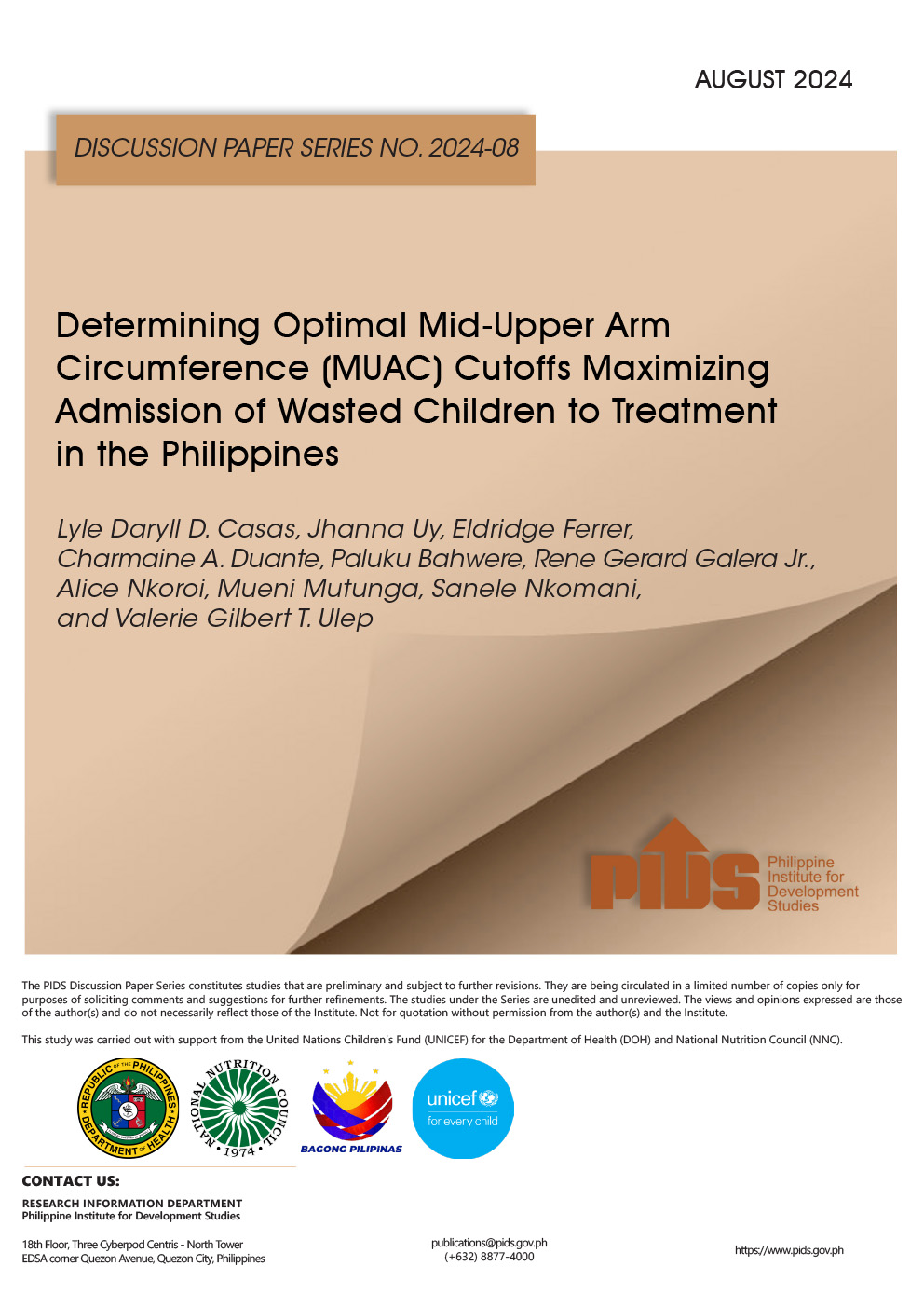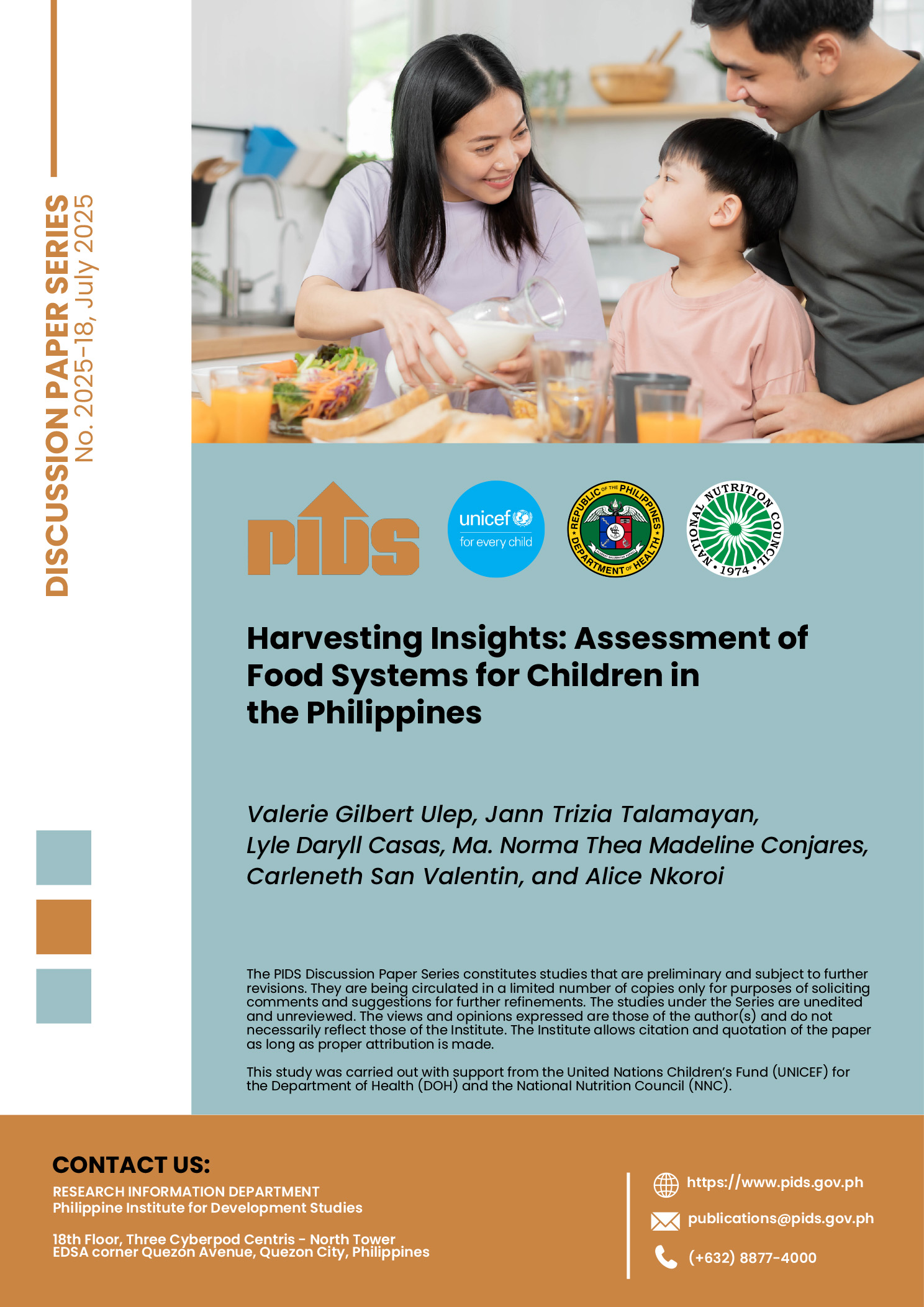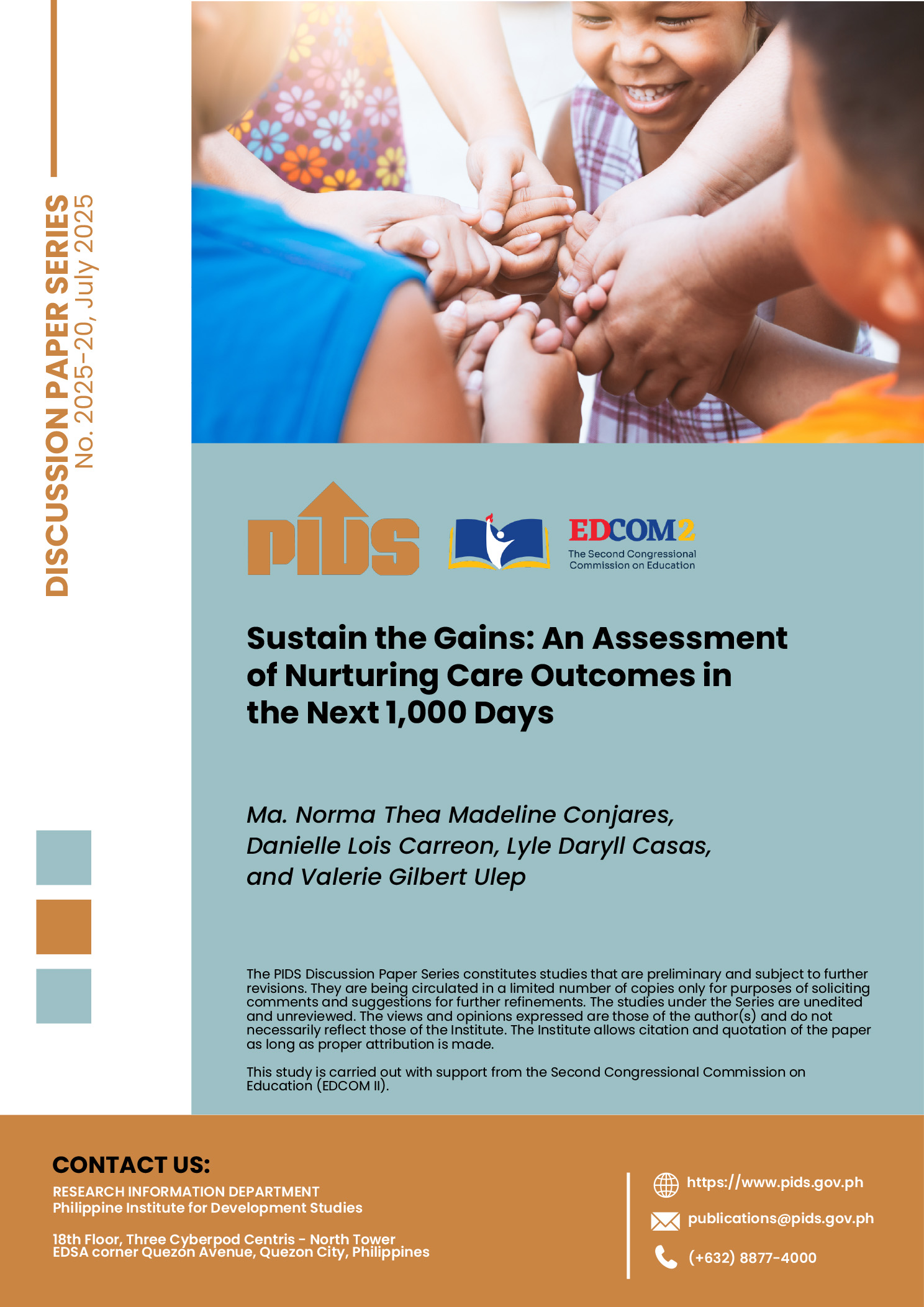In low-resource settings, obtaining accurate weight-for-height Z-scores can be challenging. This is due to factors such as the lack of equipment to measure height and weight accurately and the minimal training of community health workers. To address this issue, the Mid-Upper Arm Circumference (MUAC) serves as a simple tool to identify wasted children. However, some researchers and practitioners argue that relying solely on MUAC may fail to identify many wasted children, leading to delayed intervention and potential death.
This study aims to determine the most effective MUAC cutoffs for accurately detecting wasting based on Weight-for-Height z-scores (WHZ) in Filipino children aged 6-59 months. To achieve this, the 2018-2019 Expanded National Nutrition Survey (ENNS) was analyzed to evaluate the diagnostic performance of MUAC cutoffs in identifying moderate and severe wasting. The optimal cutoff is defined as the cutoff that yields the highest AUROC curve.
The findings indicate that the current MUAC cutoffs demonstrated poor performance in identifying severe wasting (sensitivity: 13%; specificity: 99%; AUROC: 0.558) and moderate wasting (sensitivity: 22%; specificity: 96%; AUROC: 0.0586). The optimal MUAC cutoff for identifying severe wasting was found to be <13.6cm (sensitivity: 62%; specificity: 76%; AUROC: 0.690), while for moderate wasting, the optimal cutoff was 14.0cm (sensitivity: 80%; specificity: 67%; AUROC: 0.737). Although the optimal MUAC cutoff was not significantly influenced by gender, it did vary with age.
A combination of WAZ < -2 or MUAC ≤ 12.7cm (sensitivity: 84%; specificity: 78%; AUROC: 0.810) for moderate wasting and WAZ < -2 or MUAC ≤ 11.7cm (sensitivity: 80%; specificity: 80%; AUROC: 0.800) for severe wasting provided the optimal criteria. These cutoffs demonstrated significantly improved diagnostic sensitivity, albeit with acceptable decreases in specificity.
The results from this study aim to contribute to the development of local and global evidence to enhance the identification and management of acute malnutrition. This will improve access and coverage of the Philippine Integrated Management of Acute Malnutrition (PIMAM) services. Thus, it is essential to consider alternative case definitions that incorporate both Weight-for-Age Z-score (WAZ) and Mid-Upper Arm Circumference (MUAC) when Weight-for-Height Z-score (WHZ) indicators are not feasible. Furthermore, conducting additional implementation studies is crucial to validate these findings and gain insights into their practical application and cost implications for the health system. This approach will support effective and sustainable improvements in identifying and treating acute malnutrition in the Philippines.
Comments on this paper are welcome within 60 days from the date of posting. Email publications@pids.gov.ph.













